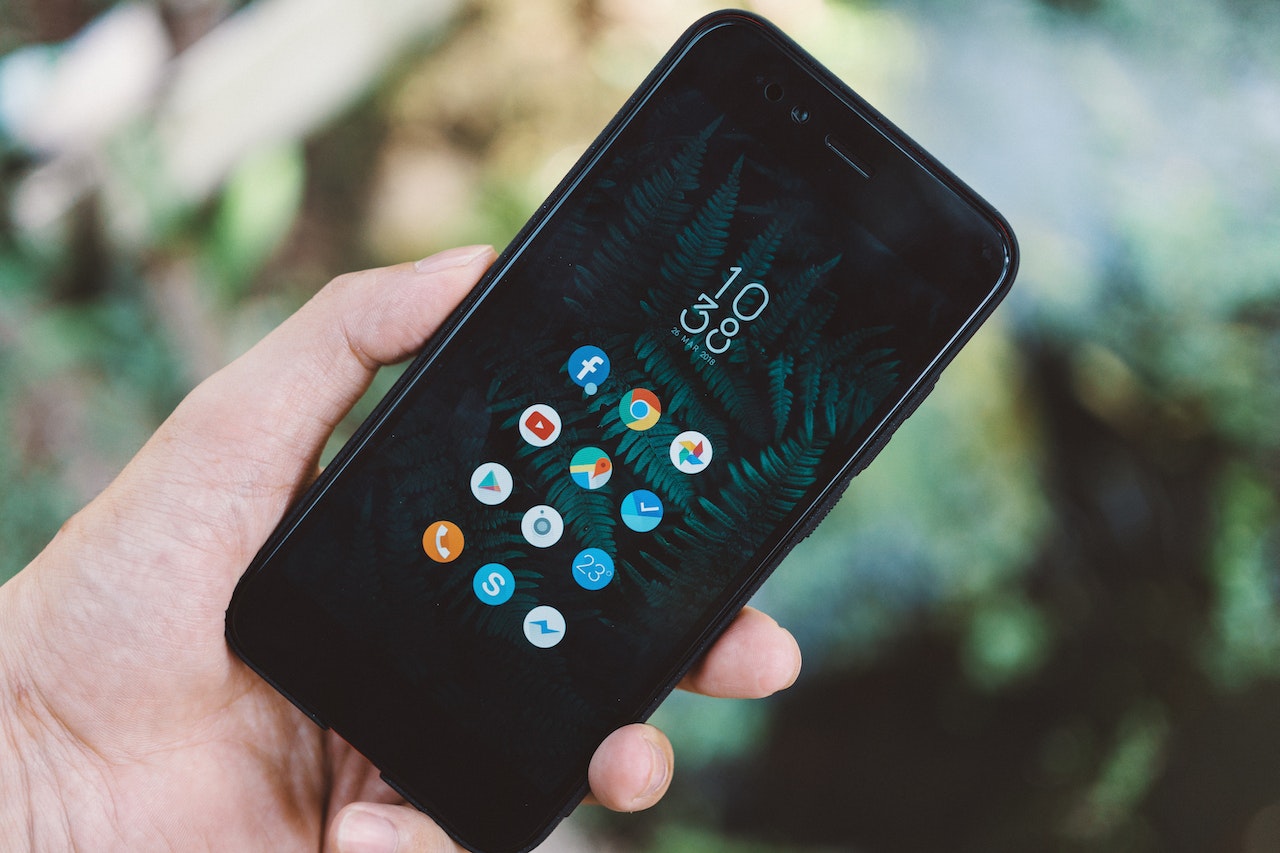There’s a new term doing the rounds: mobile-first indexing. It’s a term you should become familiar with if you intend to draw traffic to your business through your website.
Google boasts 89.3 billion monthly visitors.
Think about how you access Google. Previously, you might have conducted Google searches from your desktop. These days, you might be more prone to conduct a search via your phone. This is known as a shift in user behavior. And that’s exactly why mobile-first indexing was developed and rolled out by Google.
When a user does a search on Google for information or products/services similar to what you are offering, Google will go through its indexed files to find that information. An indexed website that has SEO content on it will be displayed on the search engine results page. That could be you if your site is indexed and SEO optimized. Get more information from Digital Spotlight about SEO optimization.
What is mobile-first indexing?
Mobile-first indexing refers to how Google goes about indexing information from your website. If you own a website, then your website has a desktop version, a mobile version, or both that are active. The goal is to get your site noticed in the ocean of nearly two billion other active websites on the internet.
Google’s primary goal is to respond to a search query as quickly as possible by finding a website or site page that has the most direct answer. The problem is that if Google were to do this at the time of the query, it would be a very time-consuming activity. Google would never be able to respond to the multitude of queries at lightning speed that it currently does.
So, in order to do this, Google performs a function known as crawling. A Googlebot searches through millions of websites in order to analyze and organize the content of those websites. An algorithm selects which websites to crawl.
If the Googlebot visits your website, it will crawl the website for information and then store that information in the Google index. So, when you conduct a search on Google, it will collect the relevant data from the Google Index and list the most accurate responses on Google’s search engine results pages.
It’s important that Google knows about your website in order to index it. Remember, only indexed sites will appear in Google searches.
Googlebot previously crawled desktop versions of a website because most people used a desktop to access Google. But, as previously mentioned, user behavior has shifted. Nearly 63% of all organic searches in the US are done through a mobile device. Hence the introduction of mobile-first indexing.
Indexing and ranking are not the same. Indexing refers to finding and storing information, while ranking is determined based on the type of content and how the content has been optimized through SEO.
Google has developed a Smartphone Googlebot that it uses to crawl the mobile version of a website first. This is called mobile indexing. Google has developed a Smartphone Googlebot that it uses to crawl the mobile version of a website first. If there is no mobile version of a website, then Google will crawl the desktop version instead. This means that Google will use the content from the mobile version as it’s the starting point to index pages from your website.
The shift to mobile-first indexing was finalized around 2019, and today most indexing starts with the mobile version of a website. Your website might be indexed and still rank poorly. The ranking process is separate from indexing.
How many indexing systems are there?
There is only one indexing system, and all websites are indexed according to this system.
Can I opt out of mobile-first indexing?
No. Most websites have already been moved over to mobile-first indexing and all new websites are indexed using this method. You can’t change the settings to go back to desktop indexing. Your website should ideally be mobile-friendly and optimized for mobile use.
Test your site’s mobile friendliness
Google offers users a Mobile-Friendly Test Tool. You can easily test how mobile-friendly your website is. Use your URL to test your website. If you find that there may be any issues with this version of your website, you can quickly and easily address them.
The good news is that most website builders like Wix and WordPress offer features that allow creators to automatically optimize a website for both desktop and mobile devices. If you intend to build a new website, you don’t have to worry about whether your website will automatically be optimized for mobile use because this feature is included in the coding process.
Mobile-first indexing versus mobile usability
You may have noticed that some people use the terms mobile-first indexing and mobile usability interchangeably. Indexing and usability are not the same. One refers to the storage of data, while the latter refers to how easy a website is to use.
Mobile-first indexing refers to using the mobile version of your website as the starting point to index pages into the Google Index. Usability refers to the ease of use and layout. The content type, size, and quality should meet SEO standards if you would like your site to rank well.
Source link











Leave a Reply